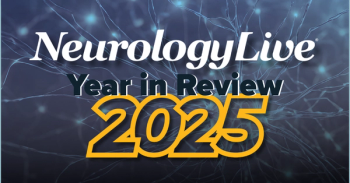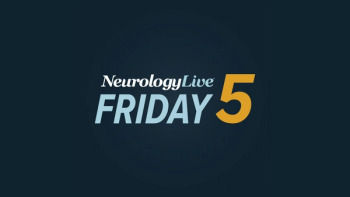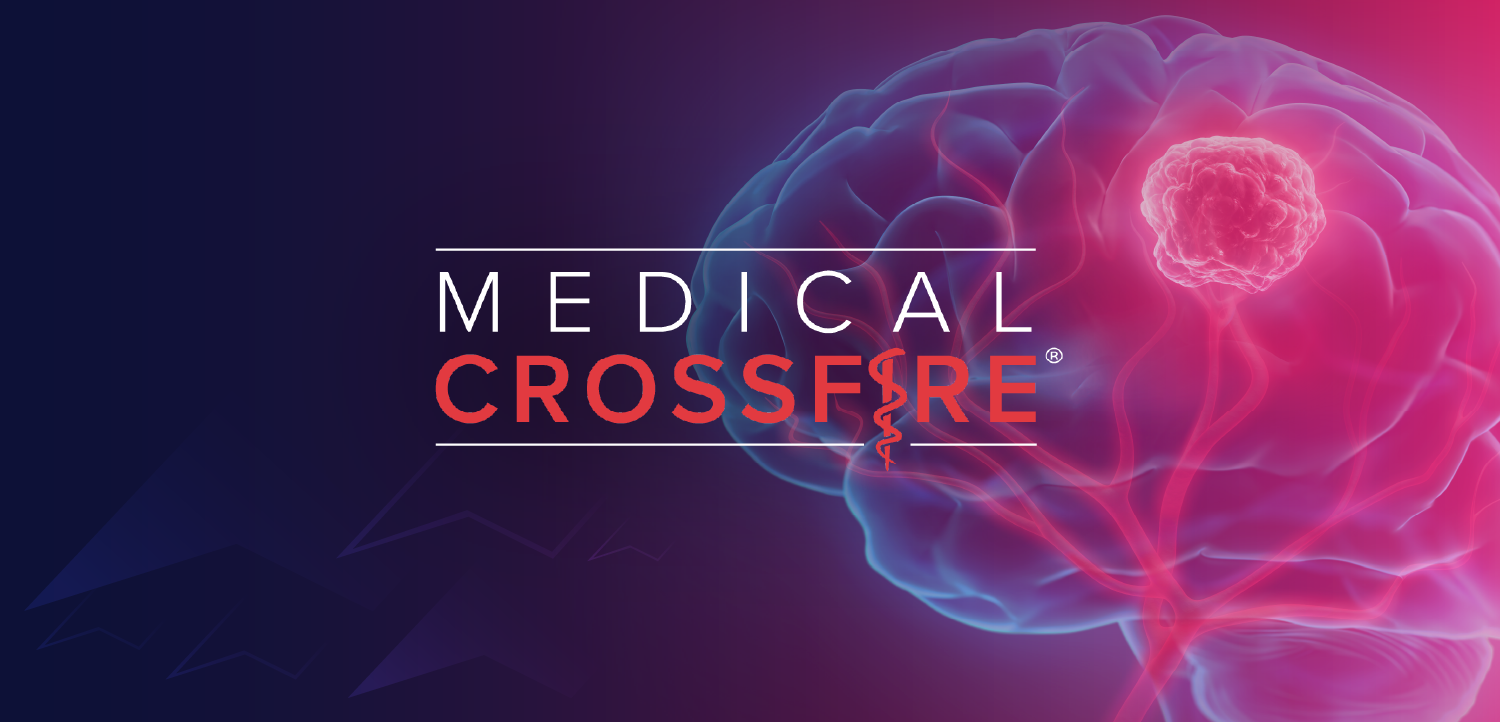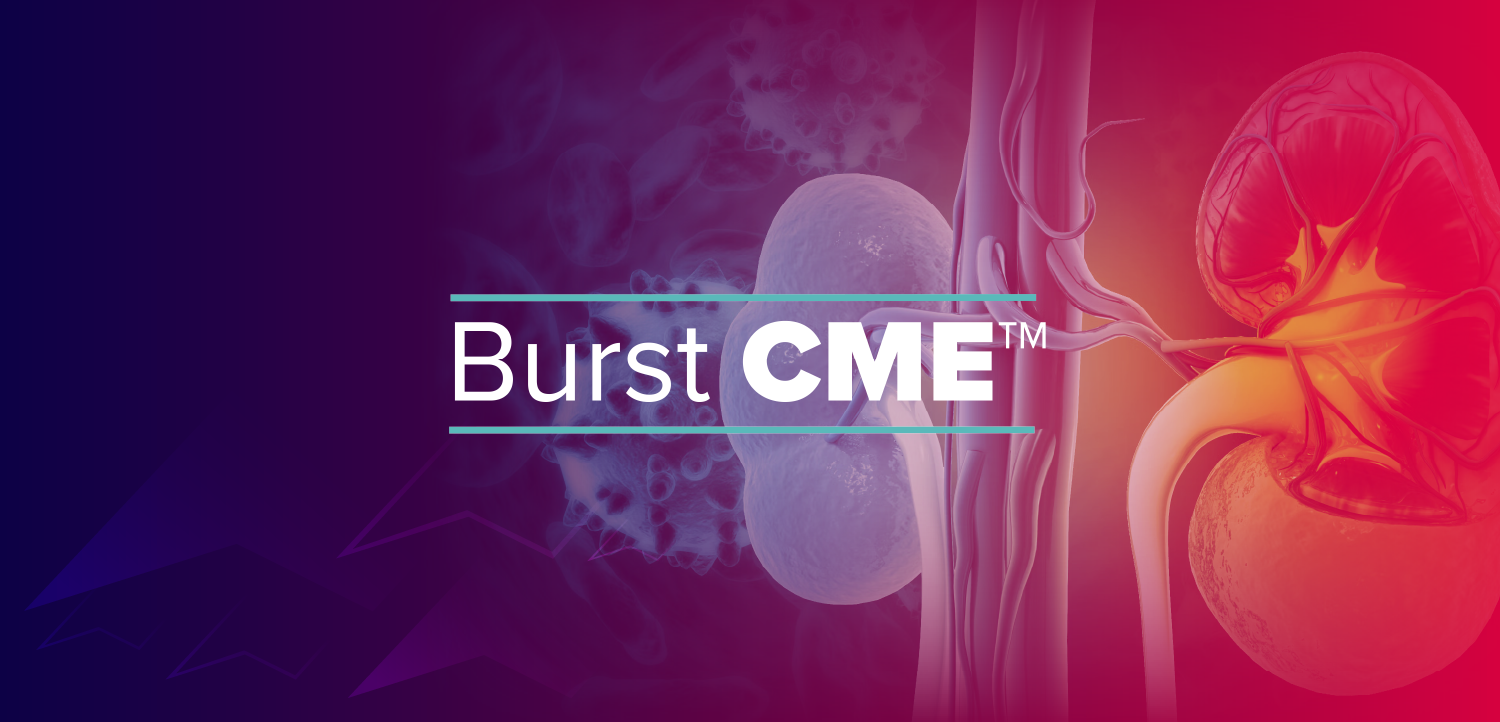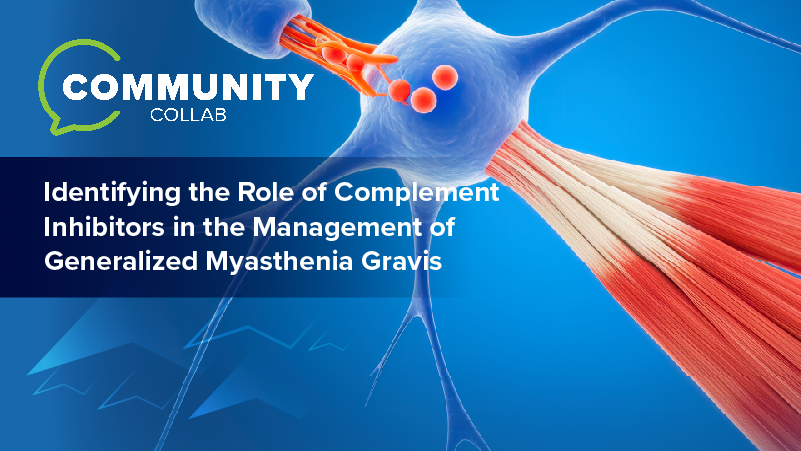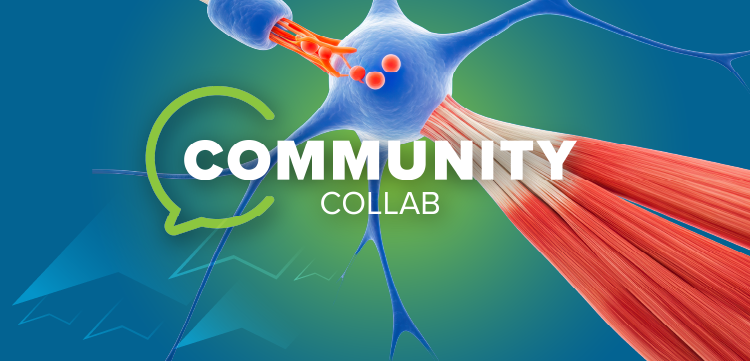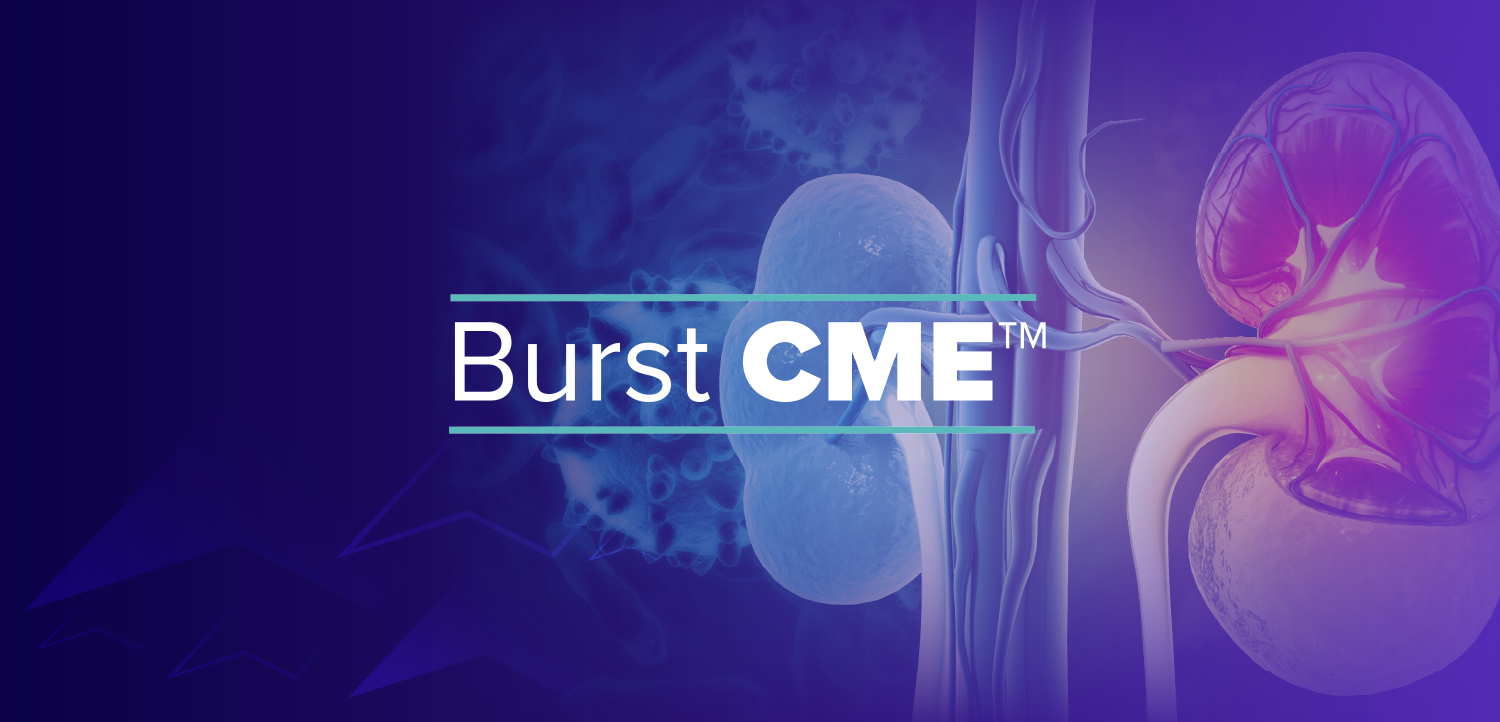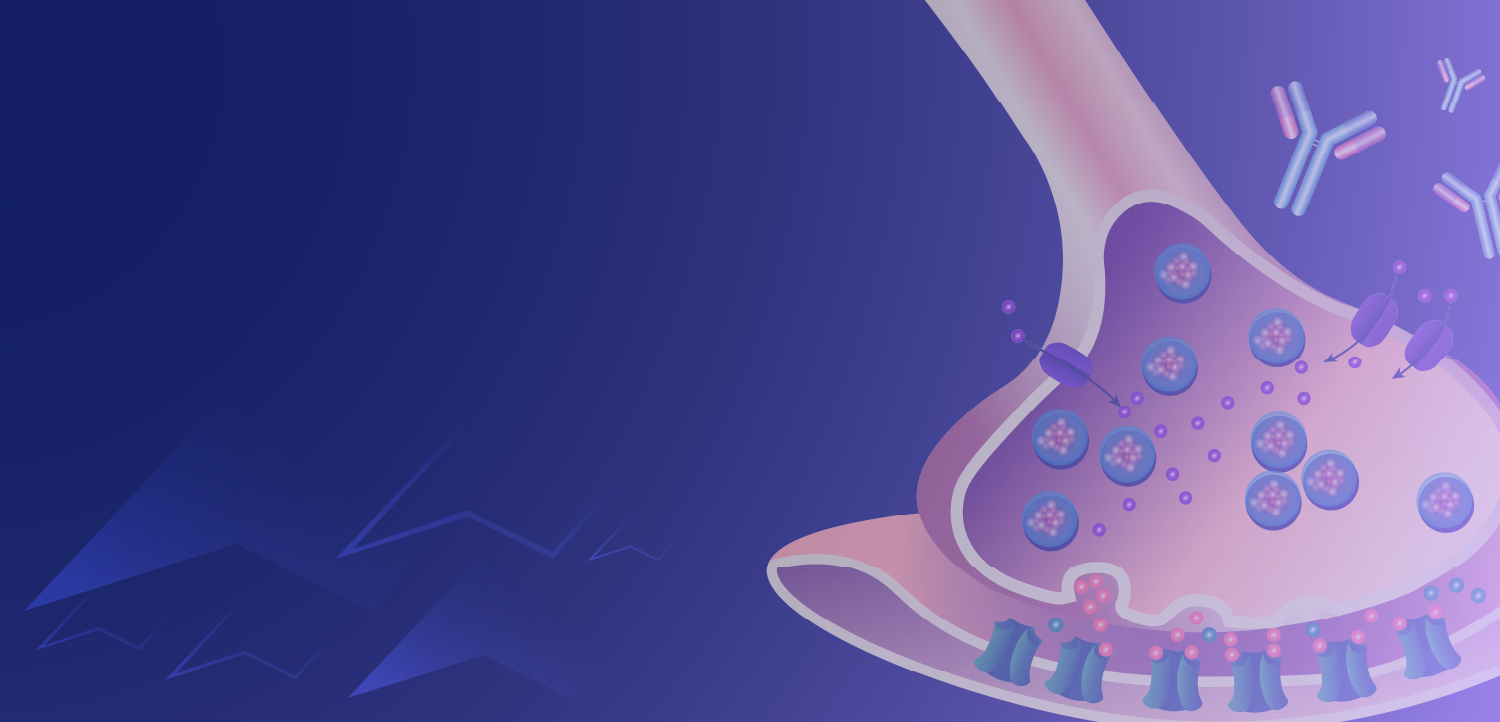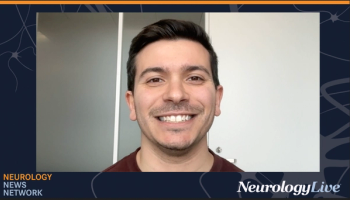
Reducing Sodium in Narcolepsy Treatment: Cardiovascular Insights From the XYLO Trial
Richard Kovacs, MD, PhD, chief medical officer for the American College of Cardiology, discusses interim XYLO trial results, highlighting how switching to low-sodium oxybate can significantly impact blood pressure and cardiovascular risk profiles in narcolepsy.
The relationship between cardiovascular health and sleep disorders has gained more attention in recent years, with the American Heart Association now including sleep as part of its "Essential 8" for heart health. Patients with narcolepsy face a heightened risk of cardiovascular comorbidities, including hypertension and stroke, making treatment decisions particularly impactful. The sodium content in certain narcolepsy therapies has raised concerns, as high sodium intake can contribute to increased blood pressure over time.
The phase 4 XYLO study, presented at the
In this discussion, trial investigator Richard Kovacs, MD, PhD, breaks down the interim results of the XYLO trial and their significance for the clinical community. Kovacs, a professor of medicine and cardiology at the Indiana University School of Medicine, and chief medical officer for the American College of Cardiology, explained the broader cardiovascular implications of sodium reduction, the unique comorbidity profile of the narcolepsy population, and why even modest changes in blood pressure can have meaningful clinical effects. He also provided thoughts for ongoing safety and efficacy monitoring, the role of cardiology-focused measures in sleep research, and how future trials may help shape more personalized care strategies.
NeurologyLive: Provide an overview of these results shared at SLEEP 2025, and what stands out from a clinical perspective.
Richard Kovacs, MD, PhD: Well, first of all, I’ll take this from a high-level view. We know that high blood pressure in the United States is underdiagnosed, and for the first time in two decades, we are seeing cardiovascular morbidity and mortality on the rise. We need to do everything possible to bend that curve back down. One of the single most effective interventions we have is detecting and treating high blood pressure, which comes with downstream benefits—less heart failure, less stroke, less atrial fibrillation.
From that perspective, it’s all hands on deck to get better control of blood pressure in the U.S., where about two-thirds of people are either undetected or undertreated. What the XYLO study shows is that something fairly simple—switching from a high-sodium oxybate to a low-sodium oxybate—has clinically meaningful effects. The substitution decreases sodium intake, and that reduced sodium intake produces meaningful effects on blood pressure when measured rigorously, whether through ambulatory monitoring or in-office readings. It’s a real, measurable benefit.
What is the value in reducing blood pressure in patients with narcolepsy?
It’s important because many patients with narcolepsy are complex, with cardiovascular comorbidities or elevated risk for them—hypertension, stroke, and more. We know the prevalence of these risks is higher in this population. Even for patients who aren’t hypertensive, a high sodium intake can raise blood pressure and potentially push them into the hypertensive range.
So, there’s this complex ecosystem of comorbidities in narcolepsy patients that needs to be addressed. Simply lowering sodium intake by switching from one formulation of oxybate to another is a straightforward, impactful way to make a difference in managing these patients.
What are some of the next steps in this study?
We’re continuing to collect data and to look at this from multiple perspectives. With a medication switch like this, we want to make sure it’s safe, that efficacy is maintained, and that there aren’t any unanticipated problems. This trial was essentially an experiment in which patients were switched, so we’re gathering information from both the efficacy and safety standpoints.
We’re carefully examining any treatment-emergent events that occurred during the six-week study. We hope to have that data soon, though I don’t have a specific date. The goal is to ensure that the benefits we’re seeing don’t come at the expense of safety or efficacy.
Should there be more cardiology-infused measures in certain sleep studies?
I think that’s an excellent point. It’s been just a couple of years since the American Heart Association expanded its “Simple Seven” to the “Essential Eight,” which now includes sleep quality and sleep hygiene as part of cardiovascular disease prevention and treatment.
You’re right—neurologists and sleep specialists may think of blood pressure as being in the cardiology domain, but allowing patients to lower cardiovascular risk through effective treatment of sleep disorders is equally important. On the cardiology side, this is also valuable to hear.
I think you’ll see more of us trying to come together—cardiologists, sleep specialists, and those few of us who bridge both worlds—to help frontline clinicians make smart, evidence-based choices that improve outcomes for both cardiovascular and sleep-related health.
How will data like this and other future studies on blood pressure reductions help guide personalized treatment decisions for patients with narcolepsy and related disorders?
I think this trial will be important for setting up a path forward. There are simple but critical questions to ask: Should we be doing ambulatory blood pressure monitoring in these patients? Should we measure nocturnal dipping? Can we rely solely on office-based or home-based blood pressures? And how much should we integrate blood pressure management into the broader care of the patient?
These are great questions for the future, because as you mentioned, cardiology—like neurology—is breaking out of its silos. We’re collaborating across specialties to care for patients with multiple comorbidities, managing them together and doing so intelligently.
In narcolepsy, we can better inform the community of clinicians on how to measure blood pressure, what changes matter most, and what’s important for long-term health. This trial is a step toward that integration.
Transcript edited for clarity.
Newsletter
Keep your finger on the pulse of neurology—subscribe to NeurologyLive for expert interviews, new data, and breakthrough treatment updates.

